With meagre resources, little hope for thousands of druggies
Over 3,900 patients await treatment at rehabilitation centre which can accommodate just 45 at a time.
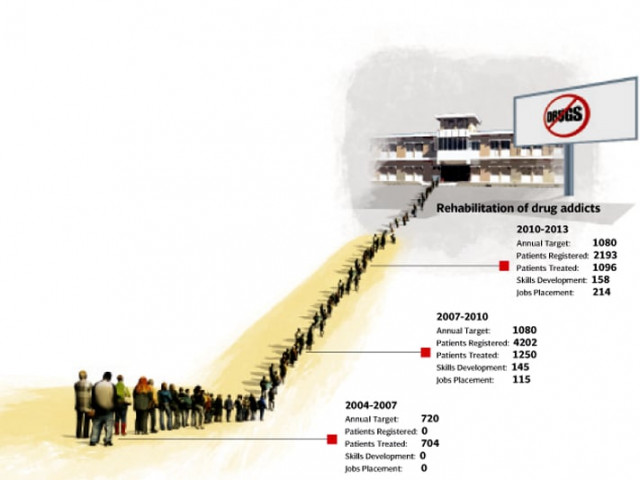
Despite the growing number of drug addicts, the government has done little to upgrade existing rehabilitation centres. Moreover, funds allocated for these centres were cut this year, precluding the possibility of them keeping pace with the rising number of patients.
These centres are the sole hope for people who cannot afford treatment at private clinics.
Attar Javed, 45, who destroyed 26 years of his life, said he started taking drugs when he was in ninth grade. “My parents would quarrel and to escape the tense atmosphere, I started using hashish,” he said.
Originally from Sargodha, he came to the capital in the hope of taking charge of his life and was admitted to the Model Addiction Treatment and Rehabilitation Centre (MATRC) in Islamabad.
“I’ve used morphine, heroin, and opium. Even injecting drugs after every half an hour, which is extreme, in addition to taking 2.5 grams of heroin a day, did nothing to relax me,” Javed added.
After he lost his job, he started stealing money from his family. He emotionally blackmailed his mother to extract money, telling her he could die, said Sara, the psychologist who treated him at MATRC.
Javed said, “My wife and two children left me and my mother and siblings were worried about my addiction.”
But now he is better. Sara said that he can serve as an example of it never being too late to turn around. “Treatment can help anyone return to normalcy,” she said.
Another under-treatment patient, Muhammad Imran, 24, from Darra Adam Khel, blamed peer pressure for his addiction. He started smoking cigarettes with his friends and gradually switched to hashish, heroin, morphine and other drugs. “I destroyed six years of my life and spent half my income on drugs.”
But, Javed and Imran are among the few lucky ones. More than 3,900 drug addicts have been waiting for treatment, for the last couple of months. While MATRC can accommodate only 45 drug users at a time, four to 10 patients are added to the waiting list every day. The centre receives addicts from the twin cities, Gilgit-Baltistan and Azad Jammu and Kashmir as well as from across the country.
In an interview, Islamabad MATRC Director Dr Farman Ali said, “The centre has developed an integrated treatment compatible with international standards, providing comprehensive assessment and monitored withdrawals management.”
Lectures for relapse prevention, individual and group counselling, psychological techniques, skill development, job placement and family therapy for codependence recovery are part of the rehabilitation process, he added.
The centre aims to treat 360 addicts a year, minimise the risk of relapse, rehabilitate detoxified addicts and ultimately reduce the number of drug addicts on the streets.

Recovered addicts number 3,006 who serve to motivate others to quit. There is a long waiting list, Ali said. “Lack of awareness about drugs and recurring relapses also need to be addressed.”
He suggested establishing such centres in every district, implementing a national strategic framework to treat substance use and regular monitoring and evaluation to fight drug addiction.
Talking about his vision for MATRC, Director Ali said he would like to make it a national drug treatment, research and resource centre.
But that seems unlikely with the current funds at his disposal. The Ministry of Narcotics Control approved Rs54.244 million for MATRCs in the Public Sector Development Programme, but its allocation was reduced to Rs42 million, out of which only Rs30.8 million have been released. One treatment centre each in Islamabad, Karachi and Quetta cannot cater to substance users who number in the hundreds of thousands.
District hospitals reserve a maximum of five to 10 beds and patients are discharged after three to five days. In district jails, addicts are kept in separate drug barracks (manshiyat barracks) and provided limited treatment.
Around 100 rehabilitation centres in the private sector provide diverse forms of treatment including detoxification, rehab, holistic approach, faith-based healing. Most centres charge from Rs500 to Rs5,000 a day which is not affordable for the majority of drug users.
According to United Nations Office on Drugs and Crime (UNODC), there are an estimated 4,632 female drug users in 13 cities where mapping was conducted in 2010, but there is currently no rehabilitation facility for women, children and transgender addicts at the MATRC.
When the project was initiated by the Anti Narcotics Force in 2004, 300 women were admitted to the centre in Islamabad. But the facility was later withdrawn due to social and financial problems.
Although, youth is more vulnerable to addiction, there are no statistics available on drug users. Over 1 million youngsters are on drugs, according to a rough estimate by the MATRC director.
Survey in progress
The National Household Drug Use Survey which is in progress will provide updated information on the extent and trends of drug use, providing recommendations on intervention strategies. The survey is carried out by partners of Pakistan Bureau of Statistics under the supervision of UNODC and Ministry of Narcotics Control.
Cannabis is the most commonly used substance, followed by sedatives and tranquilisers, heroin, opium and other opiates. Ecstasy and cocaine are more popular among affluent youngsters and inhalant is common among street children.
Edited by Hajra Ilahi
Published in The Express Tribune, November 23rd, 2012.

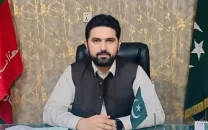
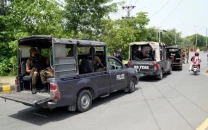
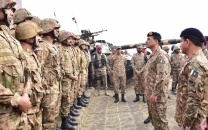
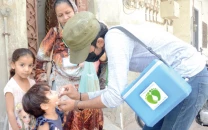
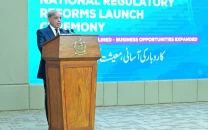












COMMENTS
Comments are moderated and generally will be posted if they are on-topic and not abusive.
For more information, please see our Comments FAQ